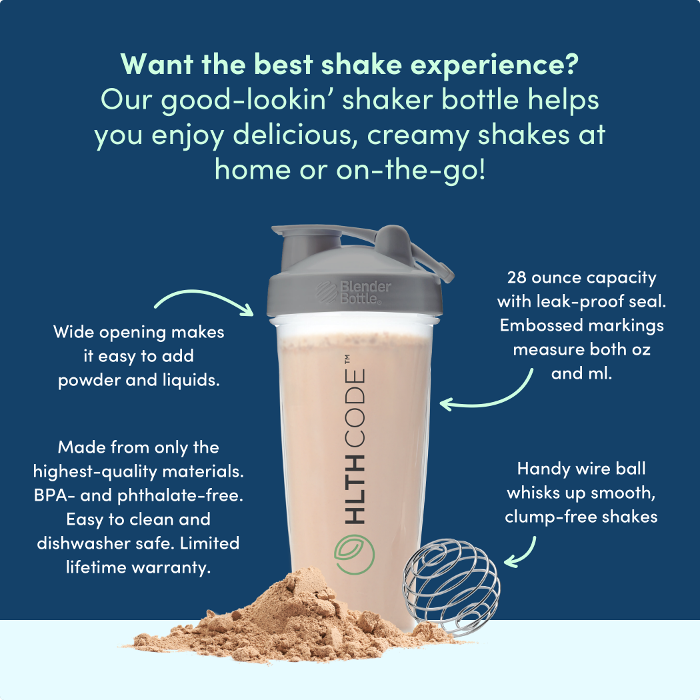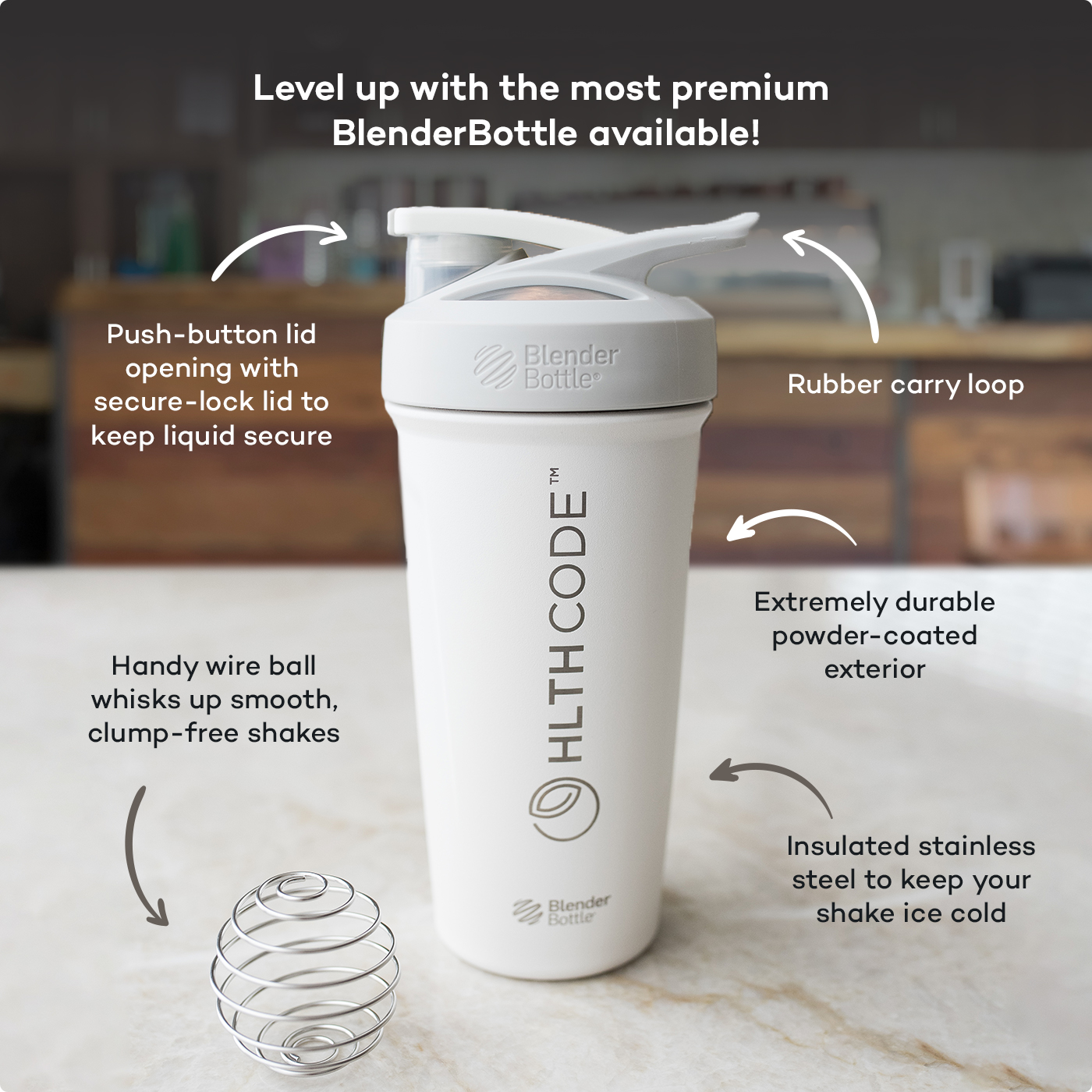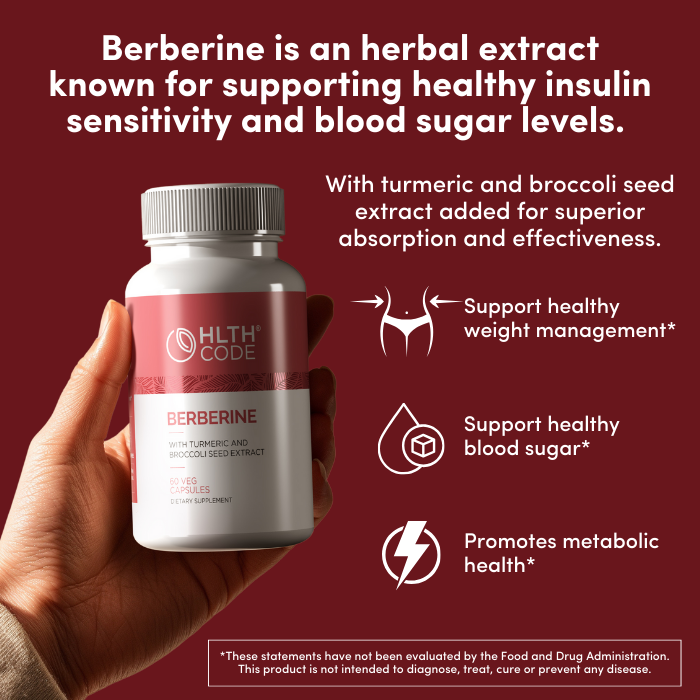Belly fat: the good and the bad

Targeting belly fat
Even though it’s essential to health, we love to hate body fat. But of all the places we store fat, belly fat is usually the most hated. Fortunately, while belly fat is certainly a problem, it’s also got a built-in solution.
Why is belly fat a problem?
Of the two main fat depots in the body, subcutaneous and visceral, the latter appears to be the bigger problem. Visceral fat, which is the fat within our abdomen, has two variables that work against good health.
First, visceral fat cells are much more finite than subcutaneous fat cells; they can’t multiply as well [1]. This might seem like a good thing (after all, who wants more fat cells!?), but when a fat cell can’t make more fat cells, the present fat cells have to individually carry a larger burden. As a result, they each get much bigger and “fat” fat cells become insulin resistant and start leaking free fatty acids into the blood, which can load the liver and other tissues with too much fat [2].
Second, visceral fat accumulates some nasty neighbors. Macrophages are an essential immune cell in the body—without them, we’d die from even slight infections. However, they have a tendency to invade visceral fat tissue, and this really lights up the neighborhood [3]. These invasive macrophages begin producing and releasing myriad pro-inflammatory proteins that increases inflammation throughout the body.
One additional consideration of visceral fat tissue is the direction of blood flow in that part of the body. With subcutaneous fat, because it’s spread throughout the body, there are numerous pathways for the blood to flow, moving in and through the subcutaneous fat all over. However, visceral fat is concentrated in one area and, thus, the blood flow is concentrated through that fat tissue. As the visceral fat receives blood from the intestines (more on that relevance below), it then passes the blood onwards to the liver. This means that the liver is the recipient of both the leaking fats and the pro-inflammatory proteins from visceral fat cells. This is how higher amounts of visceral fat contribute to liver disorders, such as non-alcoholic fatty liver disease, steatohepatitis, and even cirrhosis [4].
What makes belly fat grow?
Like subcutaneous fat, visceral fat grows through a combination of factors, including gender, stress, and diet.
When children go through puberty, the changes in sex hormones that typify each sex (estrogens for females; androgens for males) have a strong influence on the expression of a gene called lipoprotein lipase (LPL; see earlier post for more details). Whereas the little girl begins to express more LPL in subcutaneous fat depots around the hips, for example, the little boy begins to express more LPL in the visceral fat depot (belly fat) [5]. This is one reason why women can have more fat than men and be healthier with that fat at the same time; they store fat in a healthier place.
Stress is a challenging and vague state in the body that, despite the different causes (e.g., poor sleep, anxiety at work, etc.), is mostly built on the primary stress hormone: cortisol. Cortisol has countless effects throughout the body and one of the more distressing is the movement of fat. By affecting subcutaneous and visceral fat cells totally differently, cortisol stimulates subcutaneous fat cells to break down fat, but at the same time is driving the visceral fats cells to pull in fat [6]!
Lastly, the food we eat has an effect on where we store fat, with one culprit in particular: fructose. Many will cite the evidence that fructose contributes to visceral fat by making the liver fat, which of course happens [7]. But this view complicates the issue—we are talking about the actual visceral fat tissue (not fat within the liver that is sometimes included in discussions of visceral fat). In recent years, we’ve learned that visceral fat cells will pull in and metabolize fructose; in so doing, they may actually enhance the actions of cortisol [8]. So, it’s not that these fat cells turn the fructose into fat (like we see in the liver), but rather may act by helping cortisol elicit its “fat moving” actions better.
What helps belly fat shrink?
There’s really no way to “target” fat in any one place on the body, however, visceral fat wants to be burned. Compared to subcutaneous fat, visceral fat cells break down and release stored fat much more readily. This is why that regardless of the means of weight loss (e.g., diet, gastric bypass, etc.), visceral fat is always lost at a relatively higher rate than subcutaneous fat [9]. However, based on the above-mentioned problems with fructose, one of the most obvious strategies is to avoid fructose, especially from fruit juice and sugars.
In addition to avoiding the key culprit, one strategy that might help is to eat more of a helpful fat: omega-3 fats. While omega-3s don’t appear to reduce overall body fat, they can reduce visceral fat [10].
Why might it be there in the first place?
With all the negatives of visceral fat, it’s tempting to wonder why we store fat there at all. While we generally view fat tissue only through the lens of energy storage and metabolic health, this fat depot may have more to do with immune health [11]. In a way, it’s once again a matter of blood flow.
As mentioned earlier, visceral fat receives its blood from the intestines. This means that whatever dirty bacteria are leaking from the intestines into the blood (to a degree, this is always happening) will pass through the visceral fat before going anywhere else. Accordingly, the fact that visceral fat houses more macrophages, and is thus usually more pro-inflammatory, makes sense in that its these resident macrophages that will help protect against the invading bacteria, sparing the rest of the body (and certainly the liver) from having to fight them off.
Take-away Thoughts
First, it’s helpful to acknowledge that visceral fat serves a valuable purpose in the body, but of course, too much becomes a problem. Keep visceral fat in check by managing stress (sometimes quite a challenge) and avoiding fructose-rich foods, including fruit juice and smoothies, as well as foods sweetened with sugar or high-fructose corn syrup.
References
1 Drolet, R., Richard, C., Sniderman, A. D., Mailloux, J., Fortier, M., Huot, C., Rheaume, C. and Tchernof, A. (2008) Hypertrophy and hyperplasia of abdominal adipose tissues in women. Int J Obes (Lond). 32, 283-291
2 Bays, H. E., Gonzalez-Campoy, J. M., Bray, G. A., Kitabchi, A. E., Bergman, D. A., Schorr, A. B., Rodbard, H. W. and Henry, R. R. (2008) Pathogenic potential of adipose tissue and metabolic consequences of adipocyte hypertrophy and increased visceral adiposity. Expert Rev Cardiovasc Ther. 6, 343-368
3 Khan, S., Chan, Y. T., Revelo, X. S. and Winer, D. A. (2020) The Immune Landscape of Visceral Adipose Tissue During Obesity and Aging. Frontiers in endocrinology. 11, 267
4 Perseghin, G. (2011) Lipids in the wrong place: visceral fat and nonalcoholic steatohepatitis. Diabetes care. 34 Suppl 2, S367-370
5 Karastergiou, K., Smith, S. R., Greenberg, A. S. and Fried, S. K. (2012) Sex differences in human adipose tissues – the biology of pear shape. Biol Sex Differ. 3, 13
6 Wajchenberg, B. L. (2000) Subcutaneous and visceral adipose tissue: their relation to the metabolic syndrome. Endocrine reviews. 21, 697-738
7 Softic, S., Cohen, D. E. and Kahn, C. R. (2016) Role of Dietary Fructose and Hepatic De Novo Lipogenesis in Fatty Liver Disease. Dig Dis Sci. 61, 1282-1293
8 Bursac, B. N., Djordjevic, A. D., Vasiljevic, A. D., Milutinovic, D. D., Velickovic, N. A., Nestorovic, N. M. and Matic, G. M. (2013) Fructose consumption enhances glucocorticoid action in rat visceral adipose tissue. The Journal of nutritional biochemistry. 24, 1166-1172
9 Merlotti, C., Ceriani, V., Morabito, A. and Pontiroli, A. E. (2017) Subcutaneous fat loss is greater than visceral fat loss with diet and exercise, weight-loss promoting drugs and bariatric surgery: a critical review and meta-analysis. Int J Obes (Lond). 41, 672-682
10 de Mello, A. H., Schraiber, R. B., Goldim, M. P. S., Mathias, K., Mendes, C., Correa, M., Gomes, M. L., Silveira, P. C. L., Schuck, P. F., Petronilho, F. and Rezin, G. T. (2019) Omega-3 polyunsaturated fatty acids have beneficial effects on visceral fat in diet-induced obesity model. Biochem Cell Biol. 97, 693-701
11 West-Eberhard, M. J. (2019) Nutrition, the visceral immune system, and the evolutionary origins of pathogenic obesity. Proceedings of the National Academy of Sciences of the United States of America. 116, 723-731
This article is for informational and educational purposes only. It is not, nor is it intended to be substitute for professional medical advice, diagnosis, or treatment and should never be relied upon for specific medical advice.


















